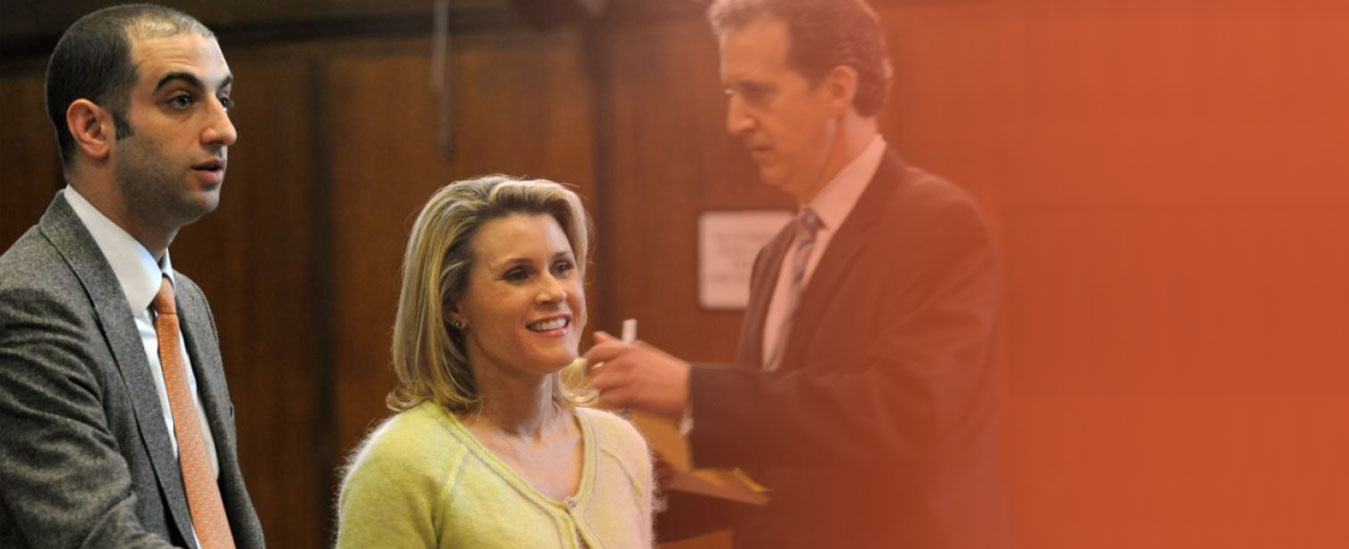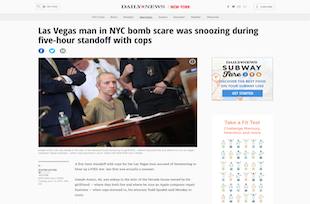Federal Sentencing Guidelines In Fraud Cases
How Do The Federal Sentencing Guidelines Work In Fraud Cases?
If you were given a guilty verdict in your federal criminal case, you may be wondering what comes next. All too often, defendants wrongfully assume that this means their legal battle is at its end, but this is not true. You are still required to appear before the judge for sentencing, or you will need to file your notice of appeal if you are of the belief that legal error had a significant impact on the results of your case. You’ll require the assistance of a skilled federal criminal defense attorney to navigate this critical stage of your journey with you. If you’re dissatisfied with the performance of your trial attorney, now is a good time to consider hiring a new and more experienced lawyer.
The federal sentencing guidelines in fraud cases are severe, and you’ll want an experienced federal attorney to ensure you get the most favorable sentence available.
What Are The Federal Fraud Sentencing Guidelines?
Once a person is convicted of a federal offense, he or she will be required to appear before the same judge that heard the trial to receive their sentence. This phase of a federal criminal case is normally nerve-wracking for defendants. This is the moment when they will find out what consequences they are facing. The sentence has a profound impact on the course of a person’s future and on their family, which is why it’s crucial to have the help of a seasoned defense attorney.
When a judge is considering what sentence you should receive for your offense, he or she will take the guidelines set in place by the government into account. These guidelines set forth a range for the punishment you will get. They commonly take two more details into consideration: the severity of the crime and the defendant’s criminal history.
Picture these two details laid out on the x and y axes of a chart. If you’ve never committed a crime before and the severity of your fraud offense was on the low end of the spectrum, you will receive a relatively favorable sentence. On the other hand, if you have a criminal record and the severity of your fraud offense was very high, you’ll probably receive a much harsher punishment.
The Sentencing Guidelines in Fraud Cases
Fraud sentencing guidelines are rather severe and punishments frequently include jail time. At one point, the government was concerned that individuals who committed fraud crimes were getting off too easy, so they beefed up the punishments to an unreasonably high level. Mercifully, some judges are recognizing this error and taking it into account for the fraud cases they hear. The guidelines for sentencing in a fraud case look principally at the amount of the loss and the characteristics of the crime. It is worth noting that the loss amount is not necessarily the amount of money you made or others lost, but the potential number. This is referred to as “reasonably foreseeable loss.” Some other characteristics of your offense may include the number of victims, and whether or not you were in a position of power or trust that you abused to your benefit. Another factor that would be considered is if you have a criminal record. The judge will examine all of these details to arrive at a sentence that he or she deems fit for your crime.














NJ CRIMINAL DEFENSE ATTORNEYS